TRANSYLVANIA
>> its history
the area "transylvania" is a significant part of romania. it is located west of the carpatian mountains and north of the transylvian alps. main cities are brasov, cluj, sibiu, targo..
from around 1000 to 1526, transylvania was controlled by the kingdom of hungary, in 1687 the habsburg empire took hold of it.
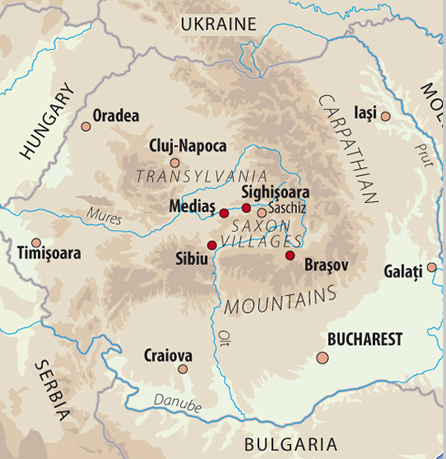
from 1150 onwards, lots of german settlers came to transylvania, based on the agenda of the hungarian kings. they were eventually all labeled as "saxons", in german "siebenburger sachsen". their first center was sibiu (hermannstadt). step by step they created towns, often including castles and always significant churches.
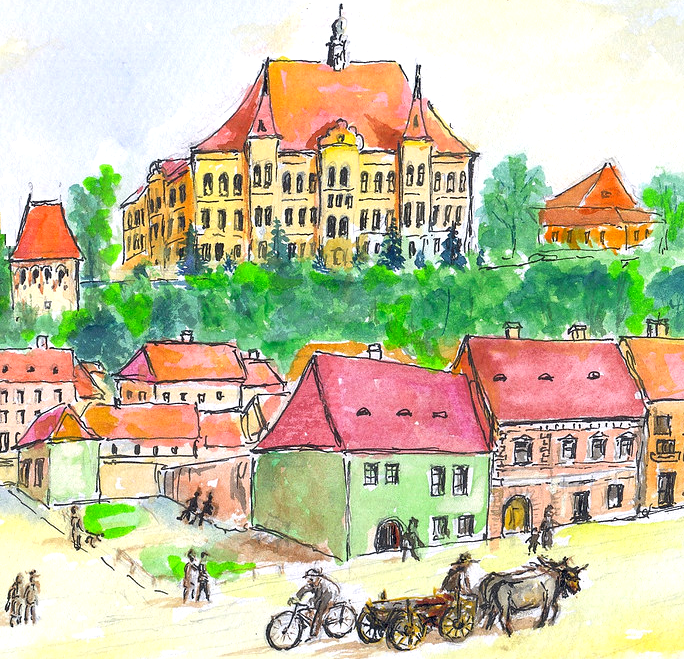
>> fortified churches
given that defending hungary was a core task of the german "saxons", it became part of their urban culture to fortify churches, usually by surrounding the church with walls. several of these (marked on the map below) are now unesco world heritage site.
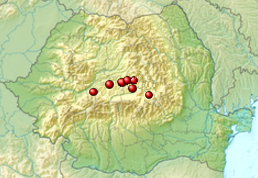
in the following, four special fortified churches are presented.
[ ] valea viirtor (ex wurmloch)
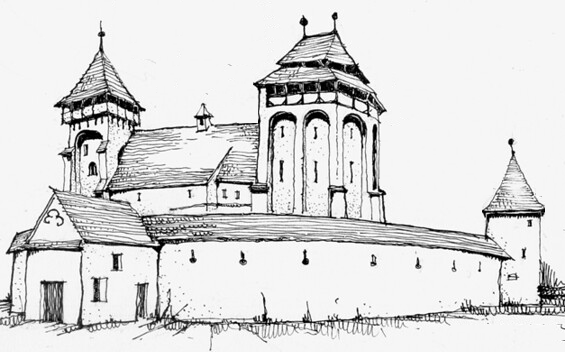
[ ] vrisky (ex weisskirch)
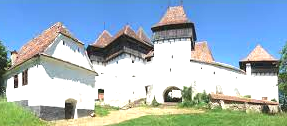
[ ] prejmer (ex tartlau)
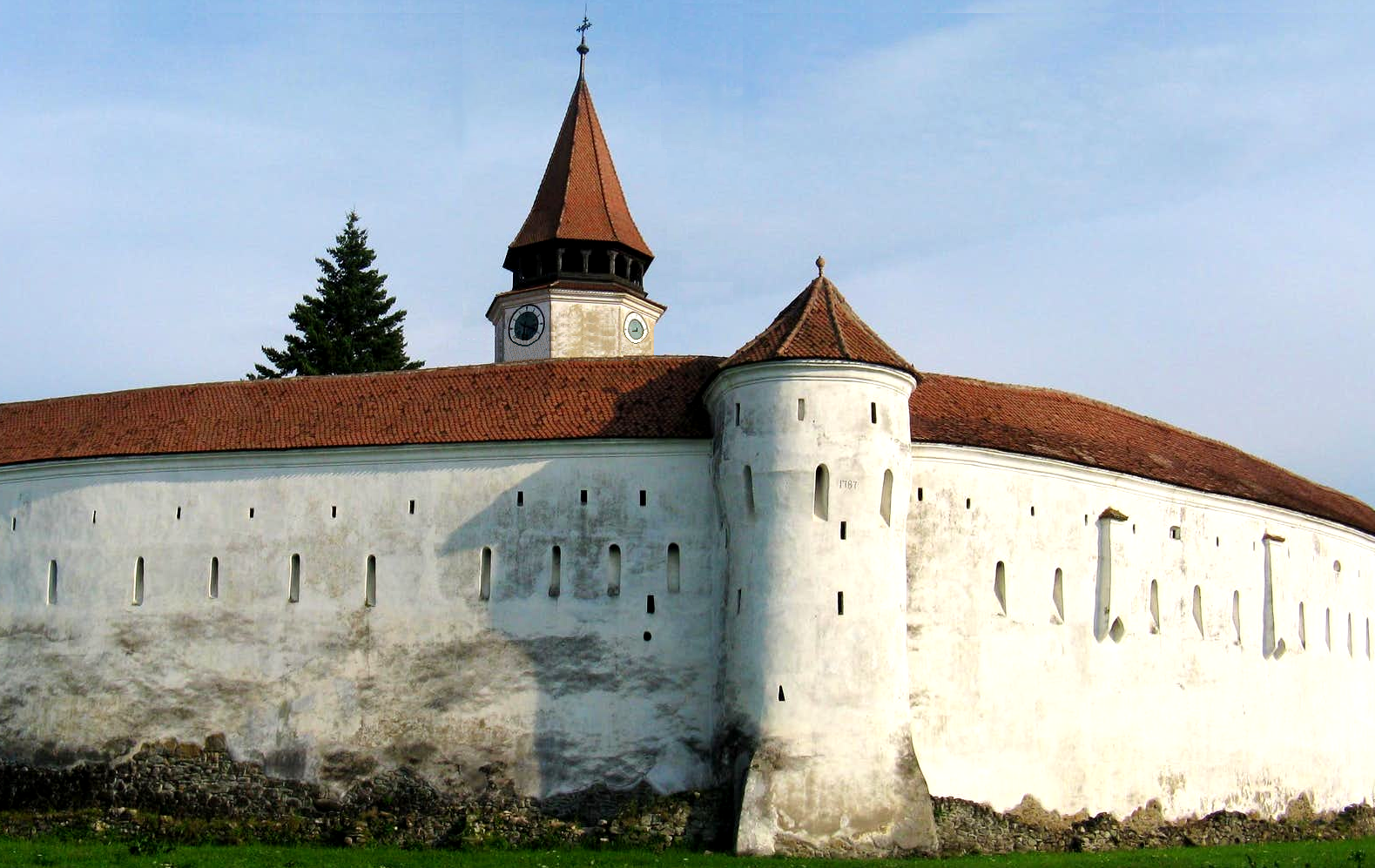
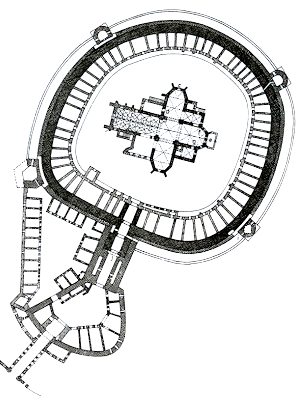
[ ] biertan (ex birthaelm)
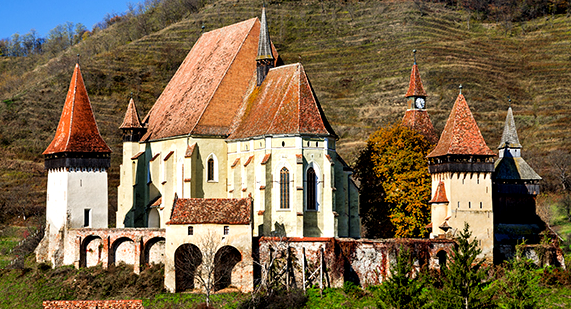
even though christianity is not essential for modern romania anymore, all these churches are handled as serious history monuments and preserved.
>> sighisoara
this small town is the best-known and most-visited one in transylvania. it was created by german craftsmen and merchants, the "transylvanian saxons", at the order of hungary's king, from 1191 onwards. it was named schassburg or schespurg.
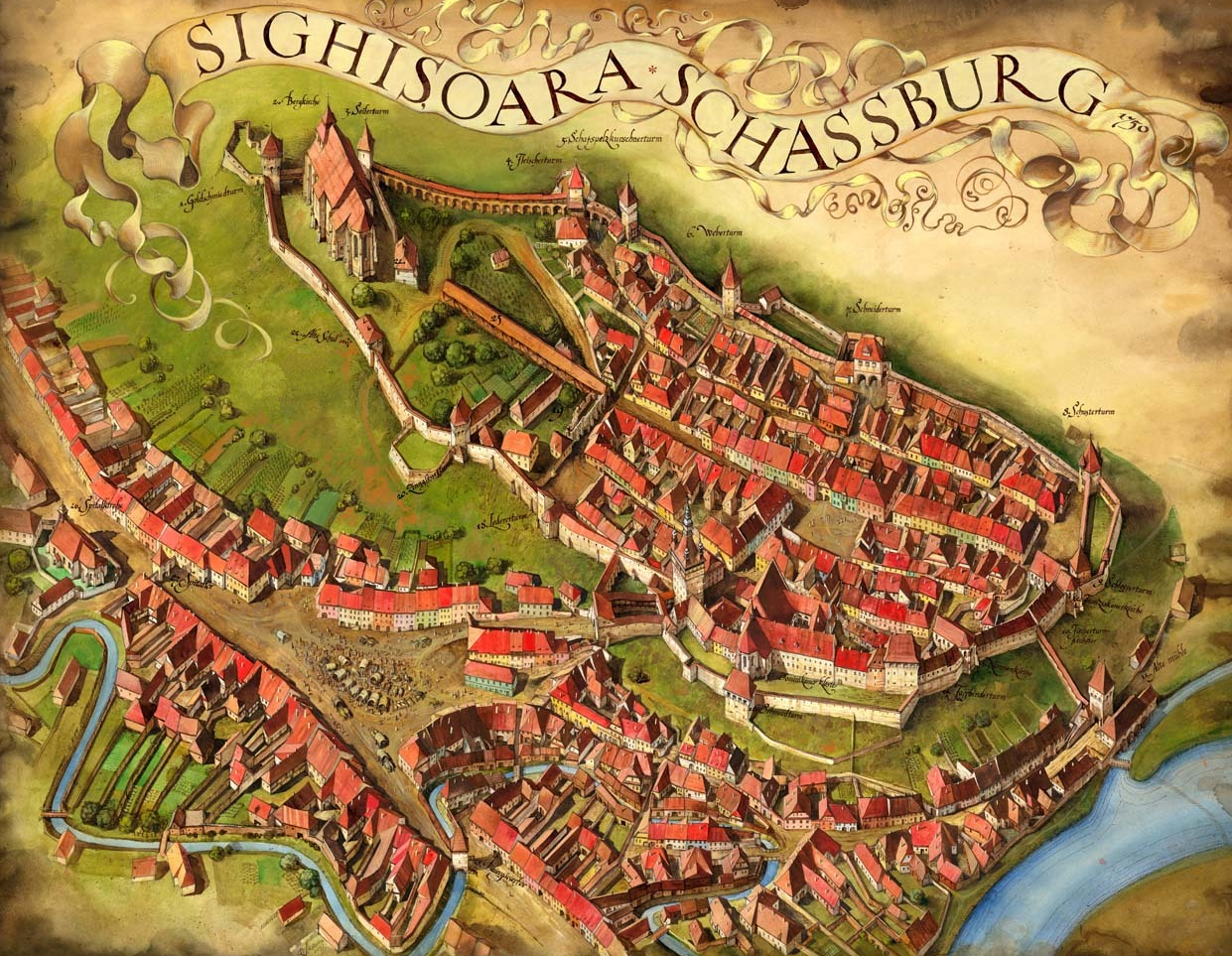
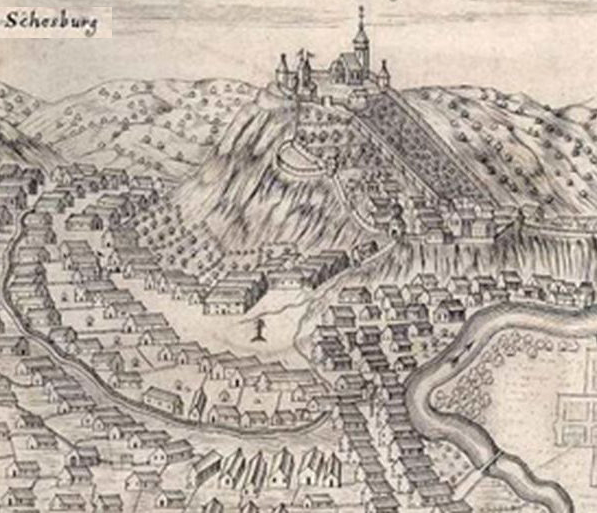
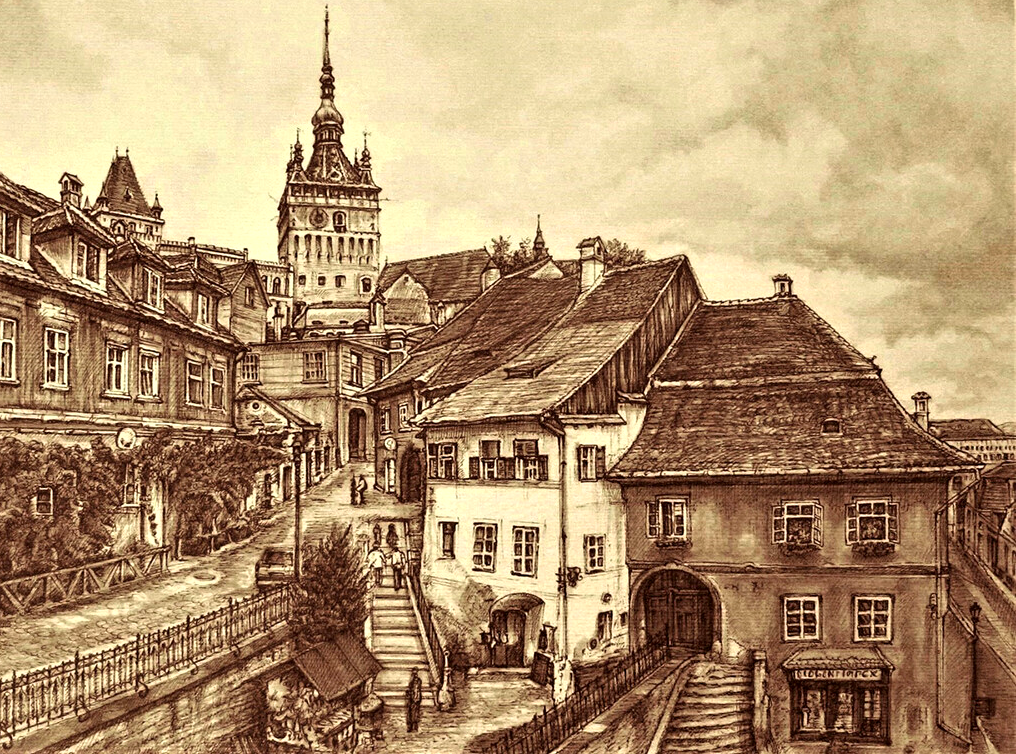
it is located on a hill beside the river tornado, which had hold a roman fort. the towns unique feature are the well-preserved walls of the old town, which is listed by unesco as a world heritage site.
given sighisorias significant popularity, many historic buildings have been taken care of and maintained or restored.
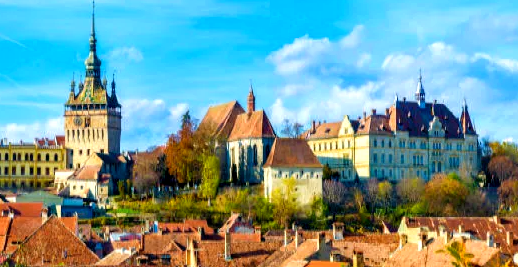

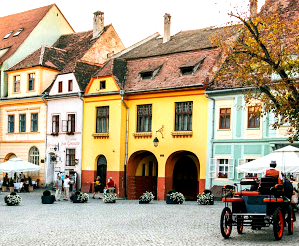
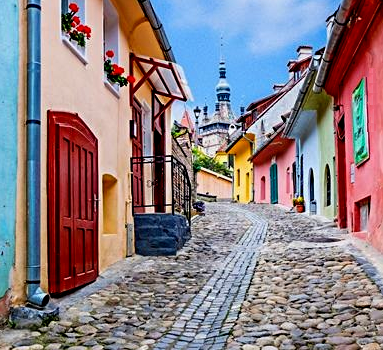
a particular - good or bad - mark of sighisoria is that a rather terrible king was borne right here - vlad dracula!
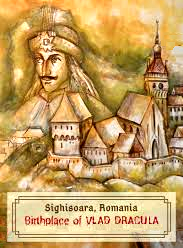
but then - - even this may draw visitors!
